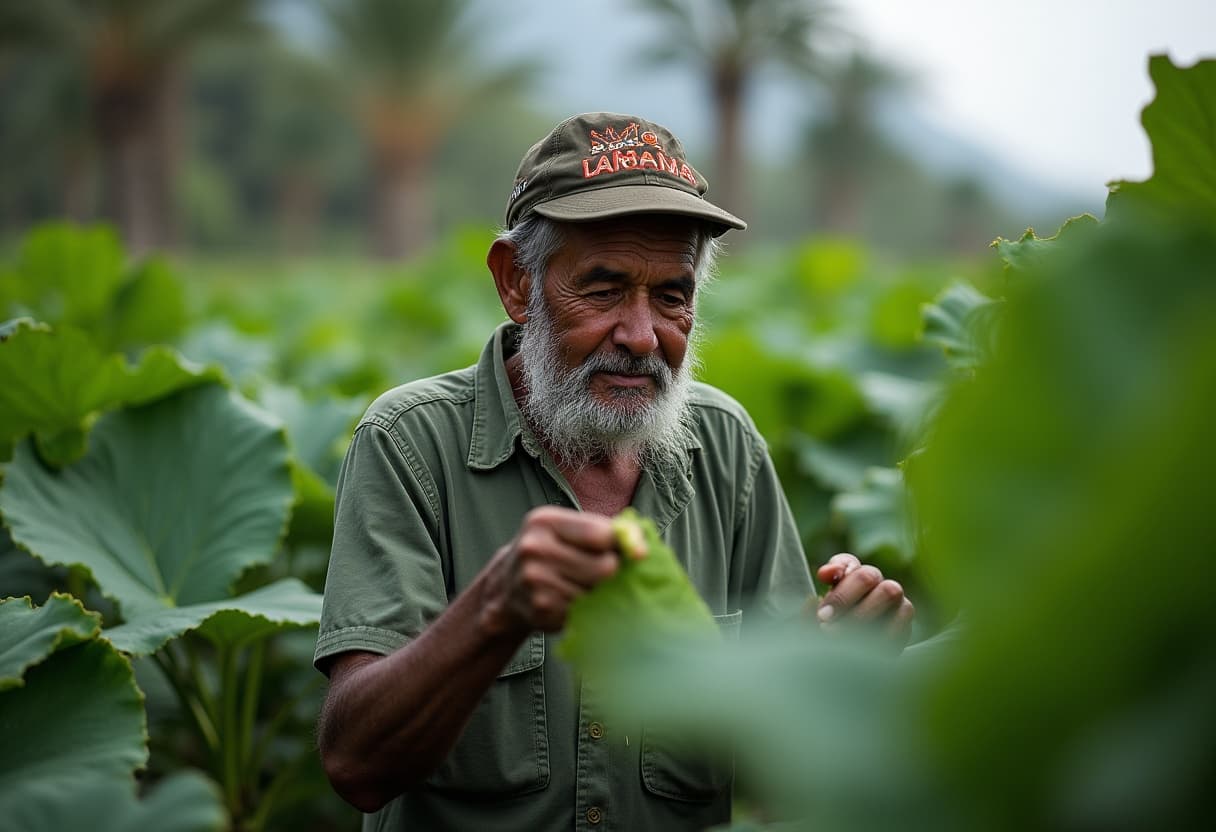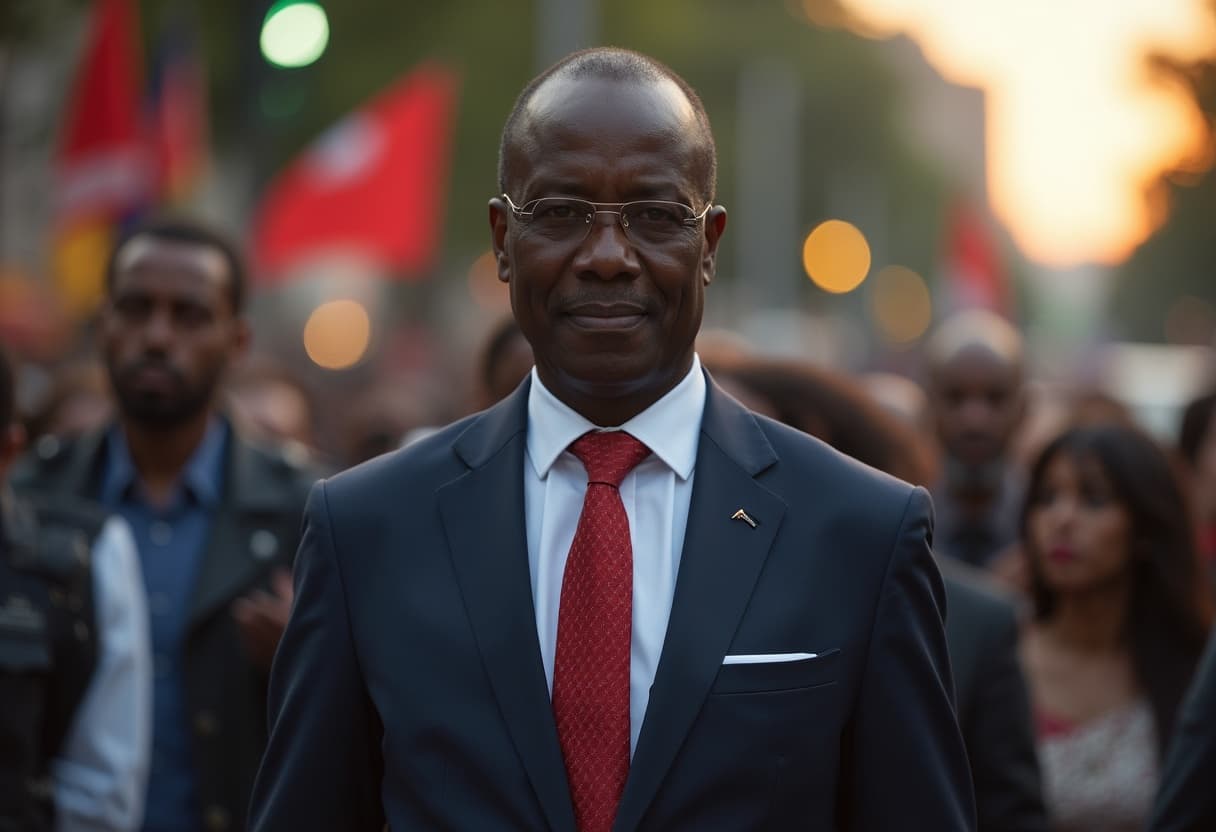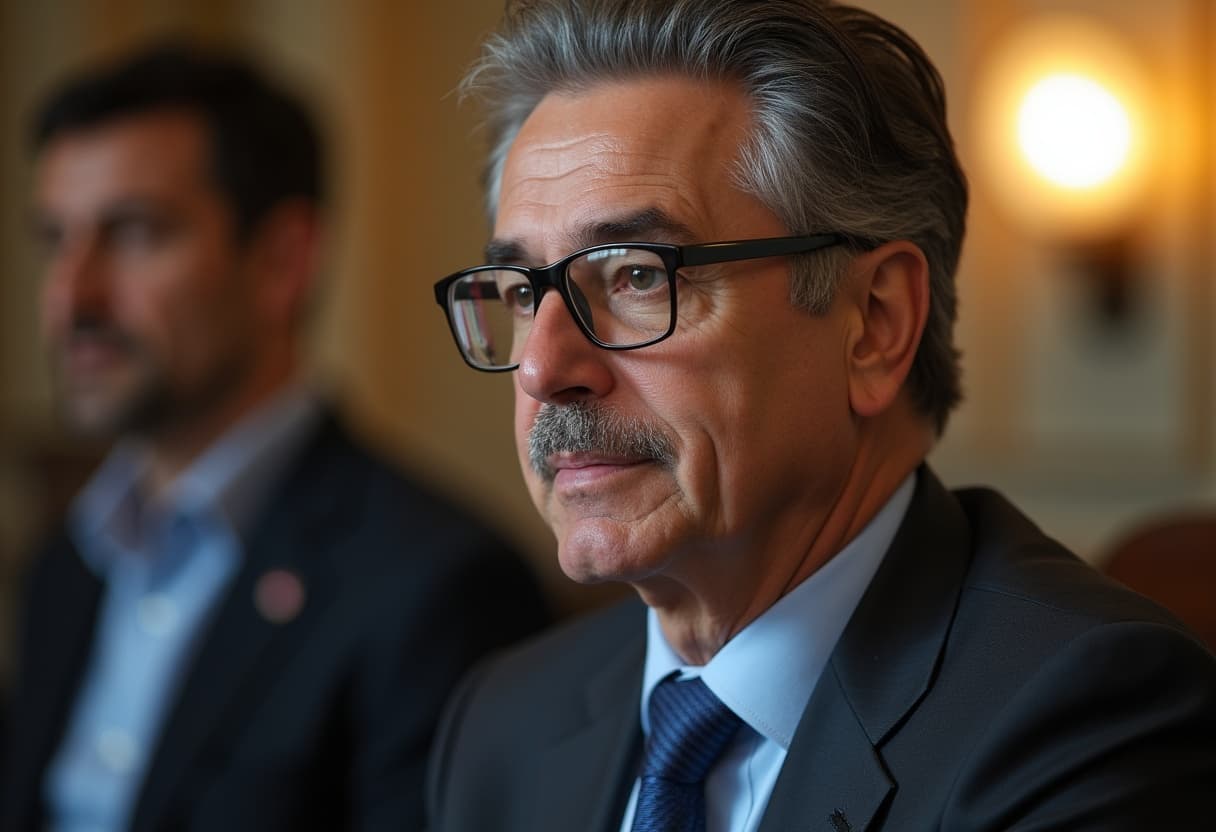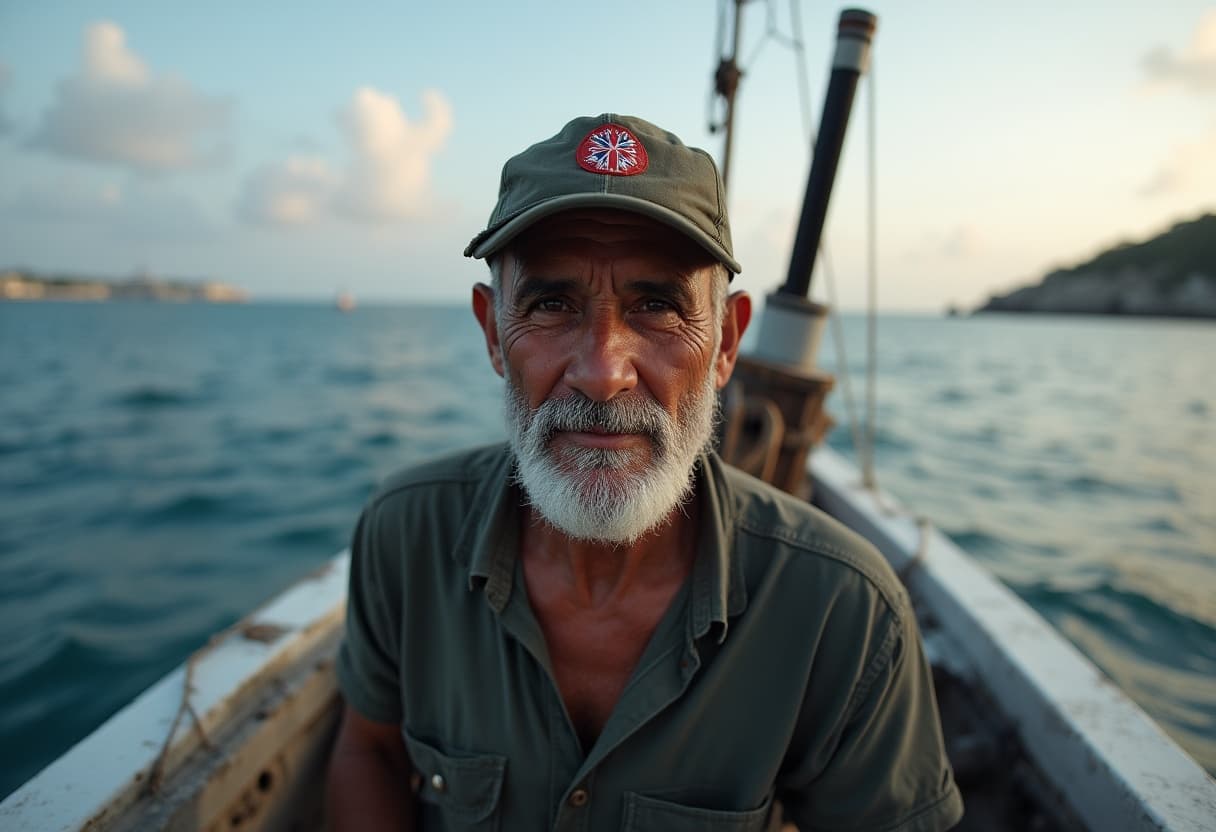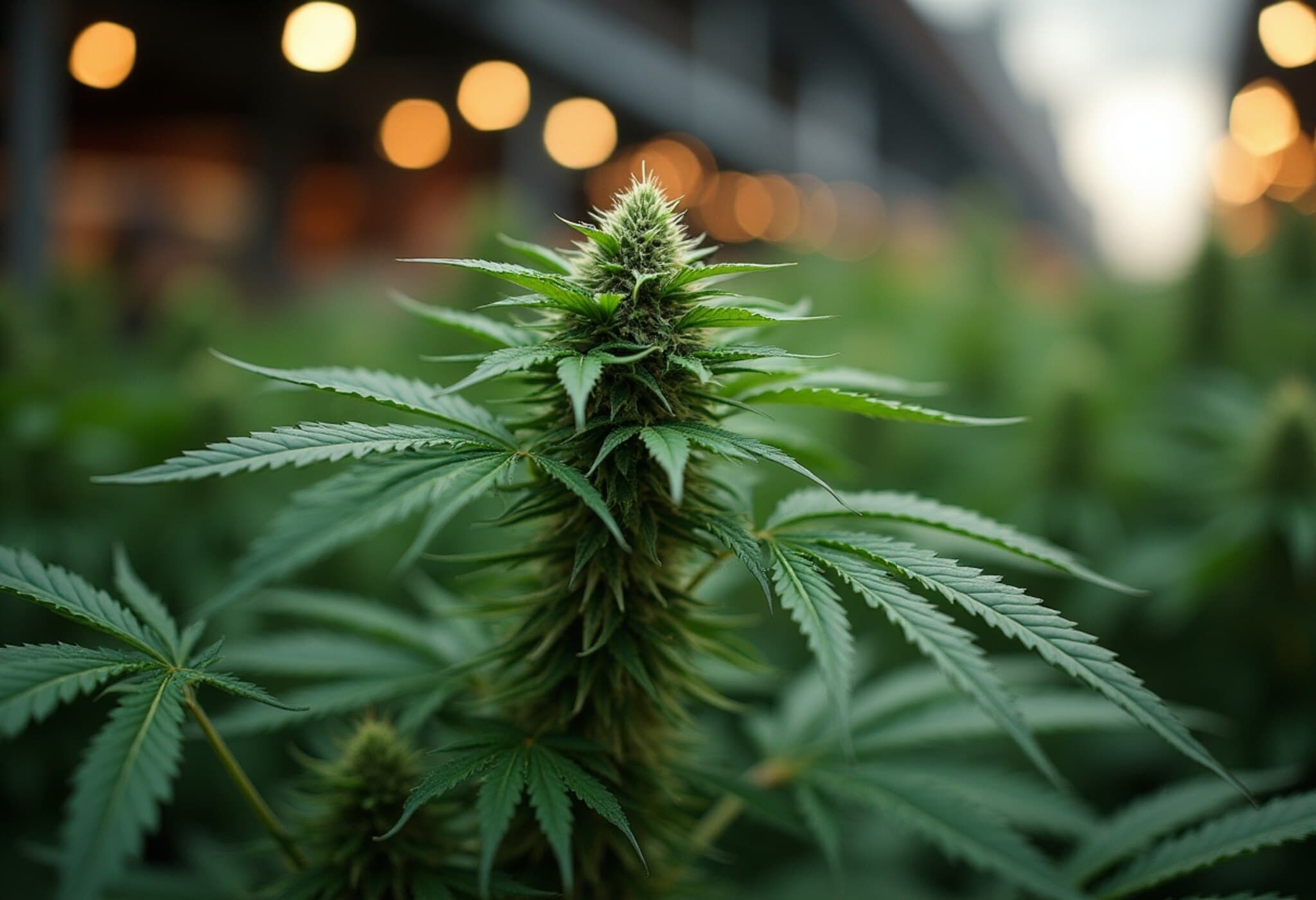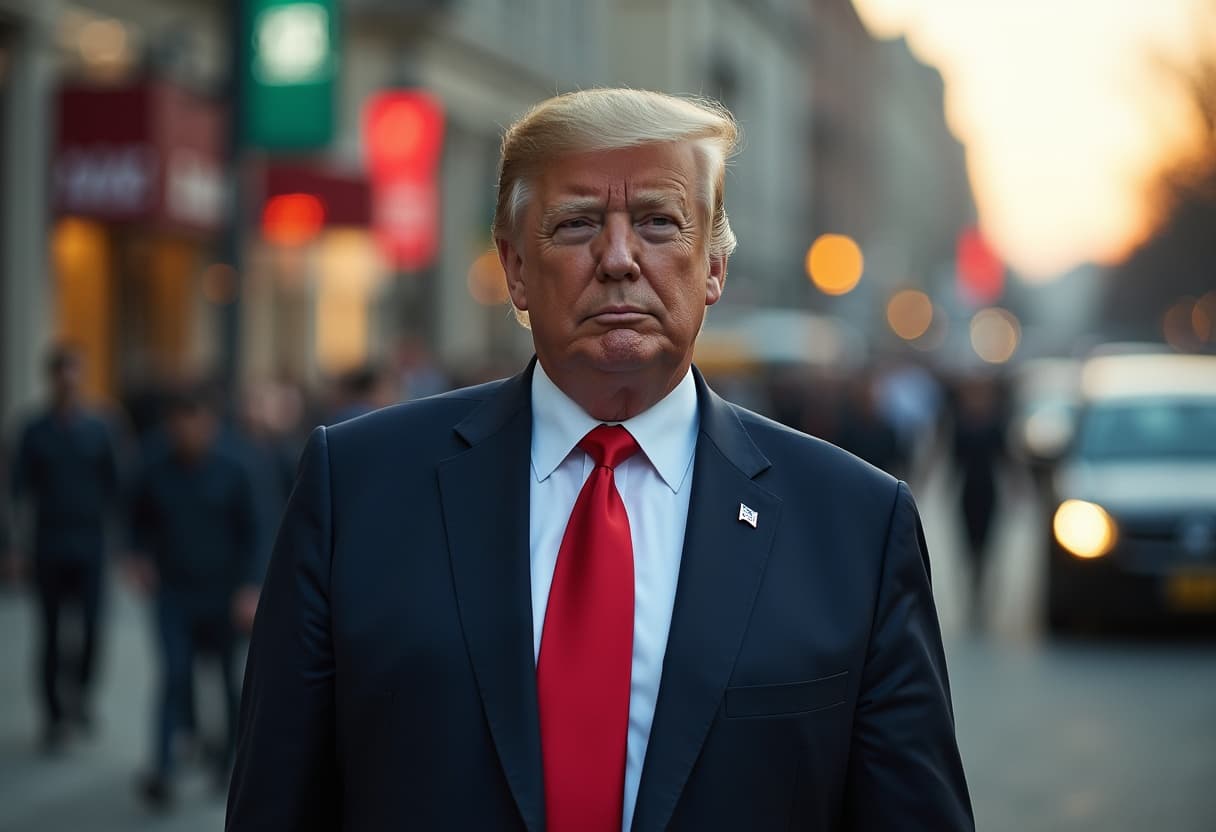Bolivia’s Fight to Reclaim the Coca Leaf: More Than Just a Cocaine Source
For decades, the coca leaf has been predominantly portrayed in the international arena as the sinister raw ingredient behind cocaine production. This perception has led to aggressive eradication policies driven largely by international pressure, especially from the United States. Yet, in Bolivia, the story of coca is far more nuanced — it is a sacred plant, a cultural cornerstone, and a daily necessity for many Andean communities.
Deep Roots in Bolivian Life and Culture
In the serene Andean foothills of Bolivia’s Arapata municipality, the ritual of cultivating coca endures. Farmers like Jaime Mamani, 64, armed with traditional tools such as the wallhua (a three-pronged rake), carefully tend their coca crops. To them, coca is far removed from the image of a narcotic precursor; it is a mild stimulant, a medicinal herb, and a symbol of indigenous heritage that has thrived for thousands of years.
Marilin Catari, 57, has dedicated her life to the coca trade in these communities, attesting to the plant's social and economic importance. In Bolivia, unlike in many neighboring countries, the cultivation, selling, and consumption of coca leaf is legal and woven into the fabric of daily life.
Global Misconceptions vs. Local Realities
Internationally, coca has been lumped with illicit narcotics, resulting in strenuous eradication campaigns fueled by billions of dollars, primarily from the U.S. government. These campaigns often fail to distinguish between the leaf's traditional uses and the destructive impact of cocaine trafficking.
This binary lens ignores coca's cultural specificity and ecological importance. Bolivian activists and government officials emphasize that the leaf chewed traditionally offers energy and reduces high-altitude sickness, and has deep spiritual significance among indigenous populations.
Bolivia’s Diplomatic Push at the United Nations
Now, Bolivia is taking a bold step on the diplomatic stage by petitioning the United Nations to decriminalize the coca leaf. Their goal is to officially remove it from the list of the world’s most dangerous drugs. This move is a direct challenge to longstanding international drug control frameworks that have failed to differentiate between the leaf itself and its chemically-altered, harmful derivatives.
This campaign highlights critical questions about drug policy:
- Can international treaties evolve to respect cultural practices while combatting drug trafficking?
- How do eradication policies impact indigenous communities' health, economy, and rights?
- What lessons can the U.S. and other nations learn from Bolivia’s approach in balancing traditional uses with global drug control?
Expert Insights: A Call for Nuanced Drug Policy
From a policy analyst’s perspective, Bolivia’s stance underscores the urgent need to rethink the War on Drugs’ one-size-fits-all approach. The distinction between cultural heritage and illicit commerce is often blurred in current policies, leading to social injustice and economic hardship for farming communities.
Moreover, as the world grapples with drug regulation reforms—seen in the legalization of cannabis in various regions—Bolivia’s plea for coca leaf’s decriminalization should spark a broader debate about respecting indigenous knowledge and promoting human rights within drug control paradigms.
Looking Ahead: Beyond Stigma Towards Recognition
Bolivia’s campaign is more than about a leaf; it is about reclaiming identity, sovereignty, and dignity. If successful, it could redefine international drug policy frameworks and inspire other nations to consider local realities alongside global imperatives.
For many Bolivians like Marilin and Jaime, the coca plant is a source of life and livelihoods — not violence and crime.
Editor’s Note
The international community faces a pivotal moment: how to harmonize drug control with cultural respect and indigenous rights. Bolivia’s push to delist the coca leaf spotlights the paradox of criminalizing a natural plant integral to millions' identities. Readers are encouraged to consider: How might drug policies evolve to be both effective and culturally sensitive? What role should indigenous knowledge play in shaping global frameworks?

